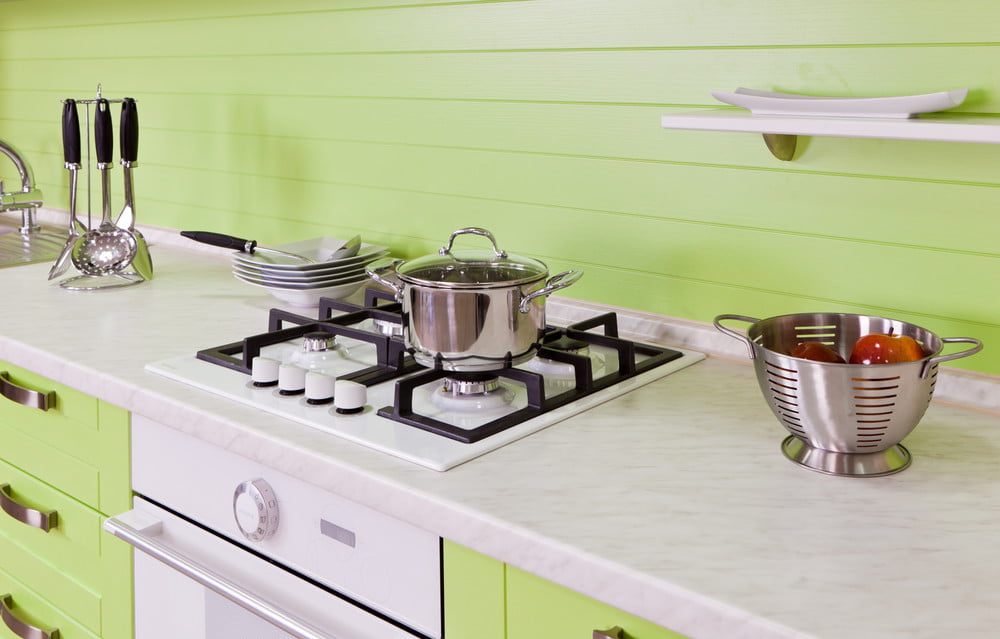
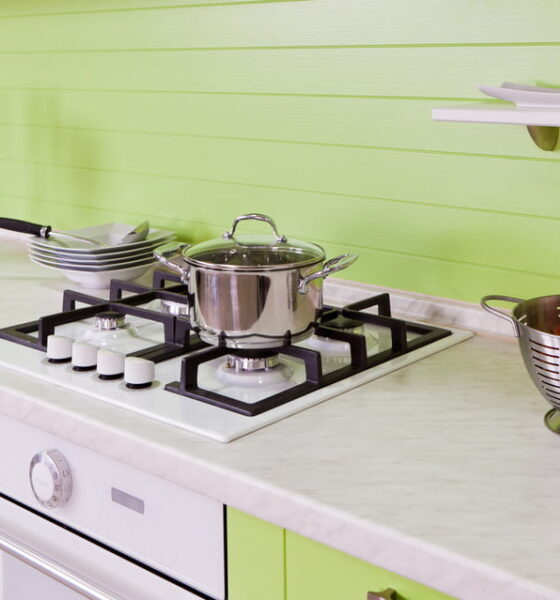
Features
Live a Responsible, Green-Friendly Lifestyle by Focusing on Your Kitchen
For many people, the kitchen is the most important room in their home. After all, this is the place where food is prepared. And for homes without a dining room, we consume the food we prepare here as well. Moreover, the kitchen is usually the space where the whole household gathers, and even an oasis of peace after a long day.
In this respect, it’s essential that you design a kitchen that suits your needs perfectly. However, precisely because it’s so purposeful, the kitchen is also the biggest source of energy/water/food waste in one’s home. If you’re thinking of greening up your lifestyle and choosing a more sustainable path, this is precisely where you need to start. Not only will you help the environment, but you’ll reduce your monthly expenses as well.
Bright Ideas for Sustainable Lighting in the Kitchen
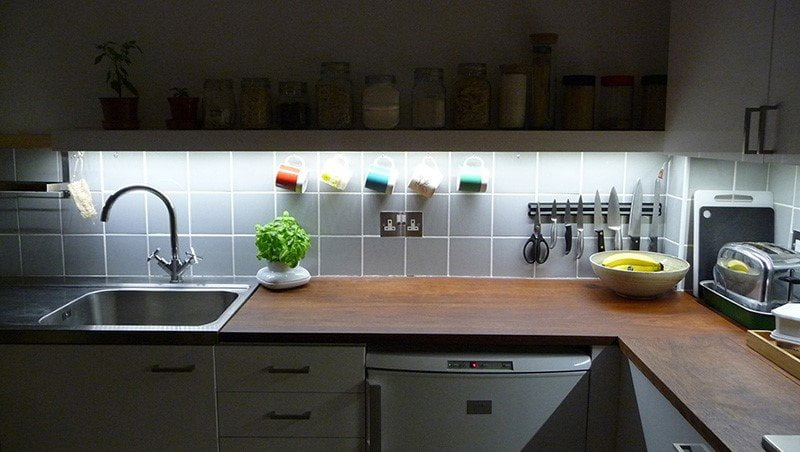
If you spend a lot of time in your kitchen together with your family, chances are that the lights are constantly turned on. This is really wasteful and there are several ways to prevent it. First, make sure to tell everyone in your household to turn the lights off once they leave the kitchen.
This can be a challenge if there’s a constant flow between the kitchen and other rooms in your home. It may be wise to invest in motion sensor lighting. That way you won’t have to worry about you or anyone else forgetting to turn off the lights. Moreover, task lighting is very important in the kitchen. Together with replacing your regular bulbs with LED lights that use a lot less energy, you can also attach LED light strips to better focus your lighting in areas that you handle sharp kitchen knives and spend a lot of time.. That way you won’t have to turn every light on in the kitchen to make a cup of coffee or grab a glass.
Invest in Energy-Efficient Appliances with High Energy Star Ratings
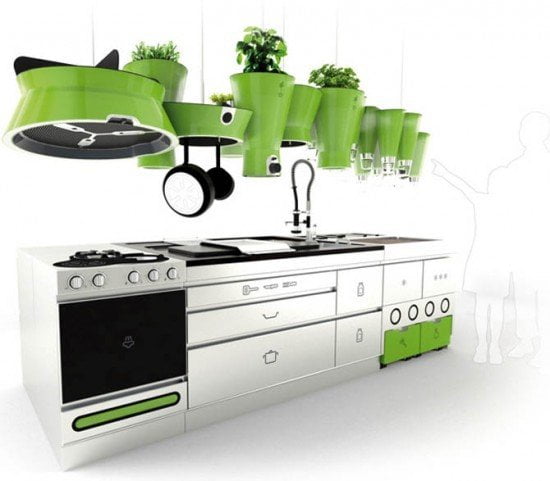
This is an essential step on your journey to a completely sustainable kitchen, but you definitely don’t have to rush it. After all, replacing all your kitchen appliances with energy starred ones is a serious investment. However, you should strive to replace every appliance that wastes more energy than necessary.
Appliances that are energy star labeled help you save energy by using the minimum amount of it to produce great results and generally do what they’re meant to do. Even though this may seem like an over-the-top investment at the beginning, the cost reduction in your energy bills will help the investment pay-off in the long run.
Choose Your Dishwasher Instead of Running Water in Your Sink
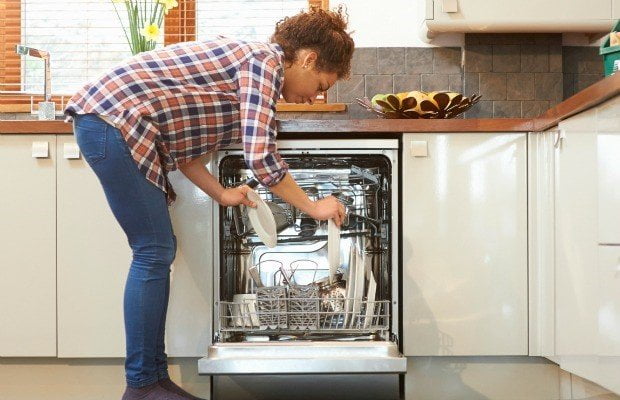
If there’s one appliance that you need to replace/buy or use more, it’s definitely the dishwasher. Actually, you waste a lot more water and energy by hand washing compared to running a cycle in the dishwasher. The savings are even more significant when you opt for Miele eco-friendly dishwashers. Basically, a dishwasher will use ten times less water than hand washing, and more than three times less energy. This makes a huge impact on both the environment and your wallet.
Enhance Your Kitchen Décor with Sustainable Materials
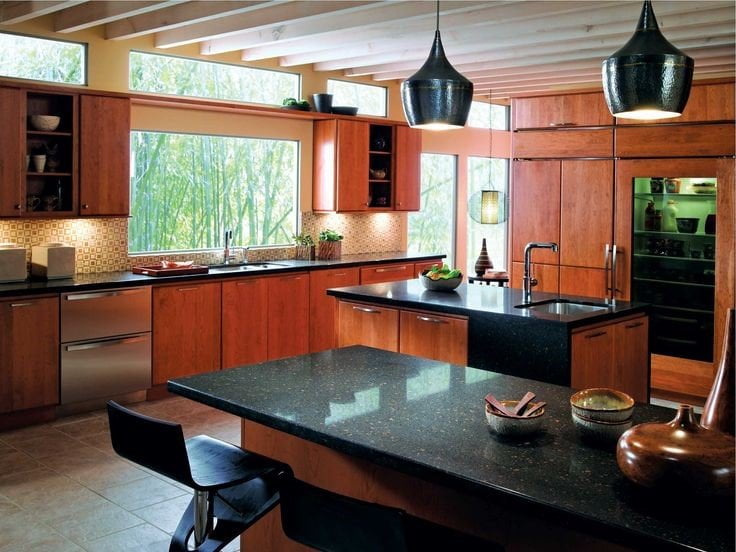
If you’re planning on redesigning your entire kitchen, look for sustainable materials that look beautiful and can be responsibly sourced. Bamboo and cork are very popular for both floors and kitchen elements.
However, you have plenty of other options such as stone and recycled hardwood. Laminate is also a great eco-friendly solution that can mimic whatever finish you like. Of course, if you’re going to repaint the walls as well, make sure that you look for low-VOC paint. Volatile organic compound (VOC) can pose a health threat. Using eco-friendly paints is a great step towards a sustainable, green kitchen space.
Consider Composting
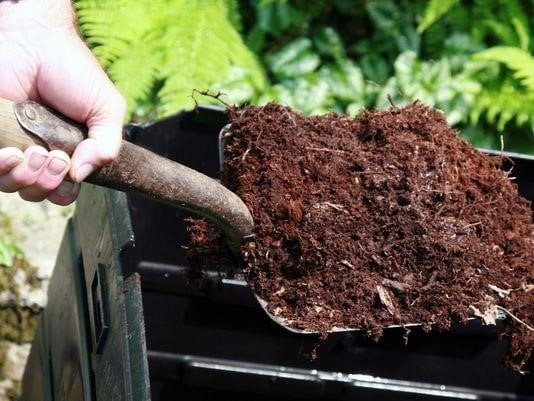
Composting is not for everyone. But if your goal is to reduce waste production in your home and minimize your carbon footprint as much as possible, composting is definitely a useful practice. What’s more, you can turn this into an educational project that involves your whole family. Essentially, you would need a kitchen compost pail as well as a food bucket (kept outdoors). Obviously, the first step towards minimizing your food waste is to start buying just enough of food, not more than you need. It’s also important that you know what foods can be composted. For instance, fruits and veggies are OK, while dairy products are not.
As mentioned, it’s paramount that you include your whole family in your sustainable kitchen project. If you want to live a greener, more sustainable lifestyle, you should definitely talk about that with your family members and explain what this lifestyle is all about. Set the example for younger members of your family as well. Remind them about their responsibilities. Once your kitchen is fully sustainable, you can keep the ball rolling with other projects that will help your home reduce your family’s your carbon footprint.


 Environment9 months ago
Environment9 months agoAre Polymer Banknotes: an Eco-Friendly Trend or a Groundswell?

 Environment10 months ago
Environment10 months agoEco-Friendly Home Improvements: Top 7 Upgrades for 2025

 Energy12 months ago
Energy12 months agoA Closer Look at The Rapid Growth of Solar Energy in Ireland

 Features8 months ago
Features8 months agoEco-Friendly Cryptocurrencies: Sustainable Investment Choices





























